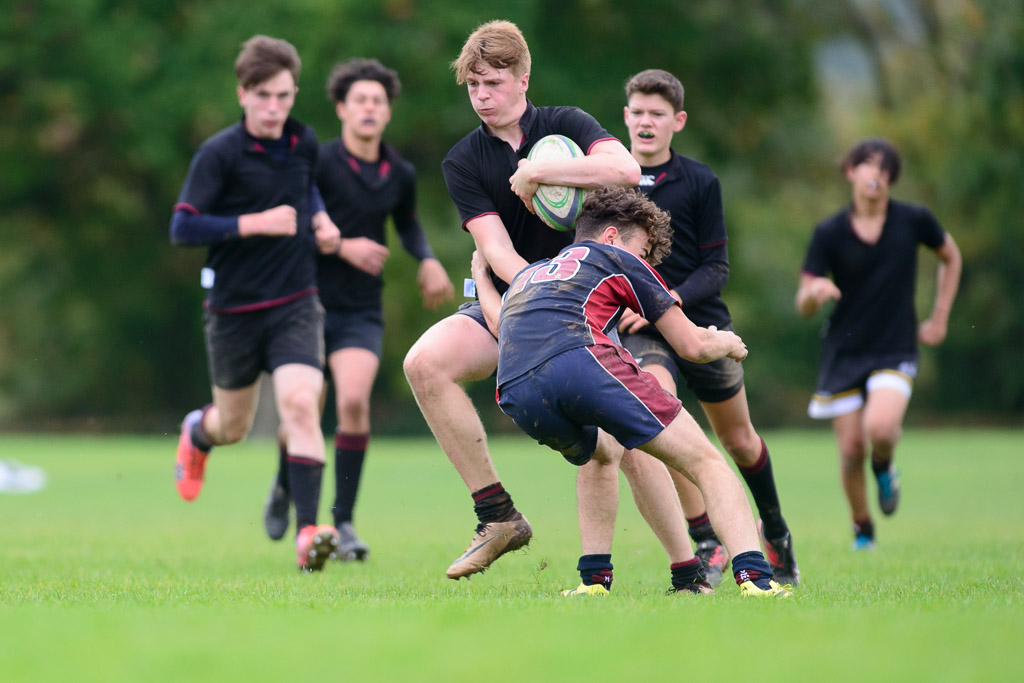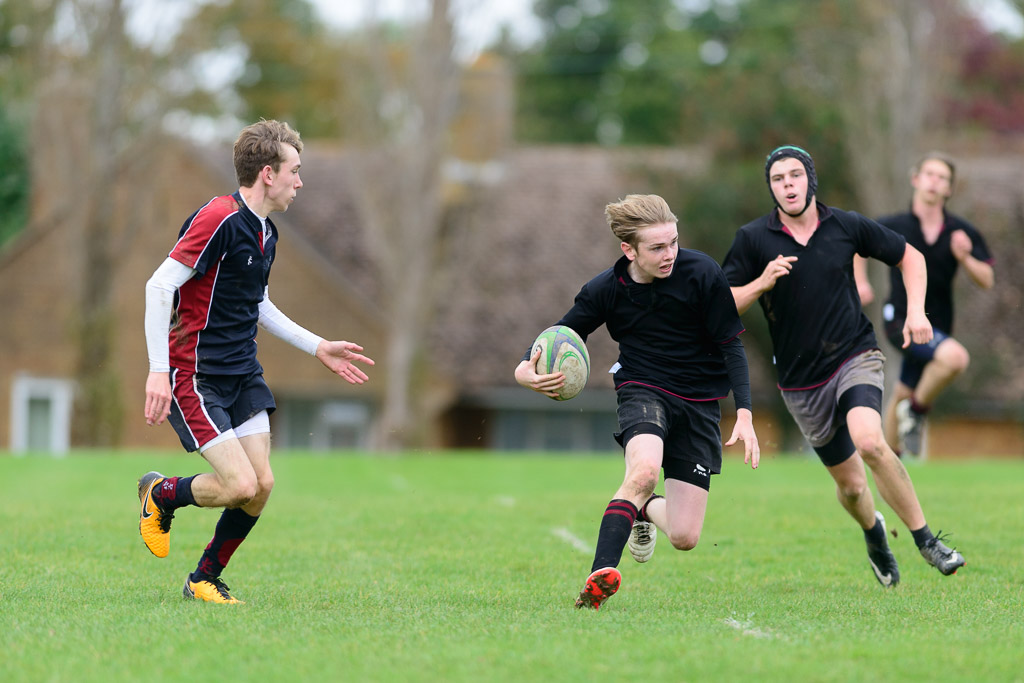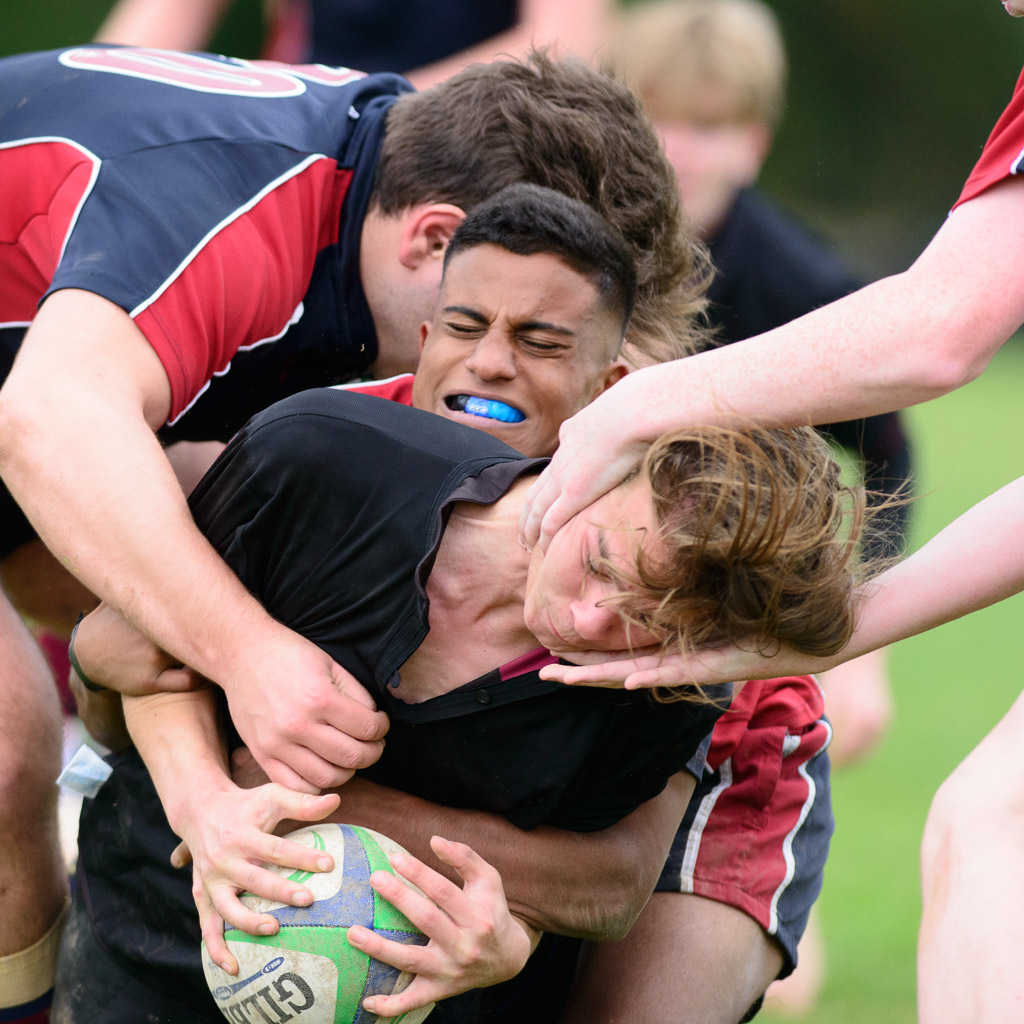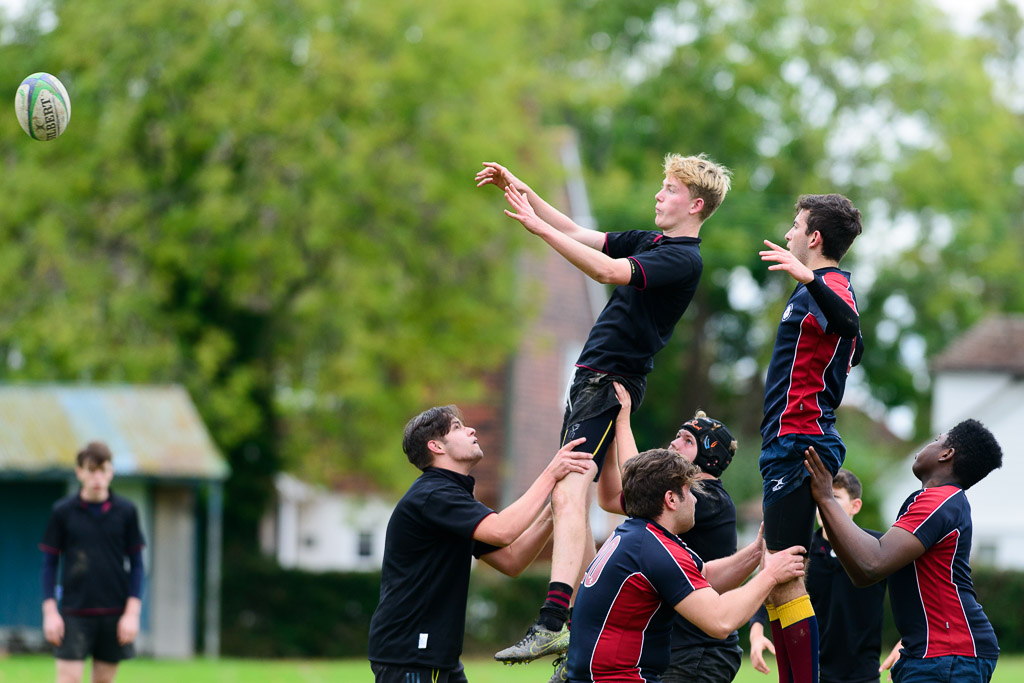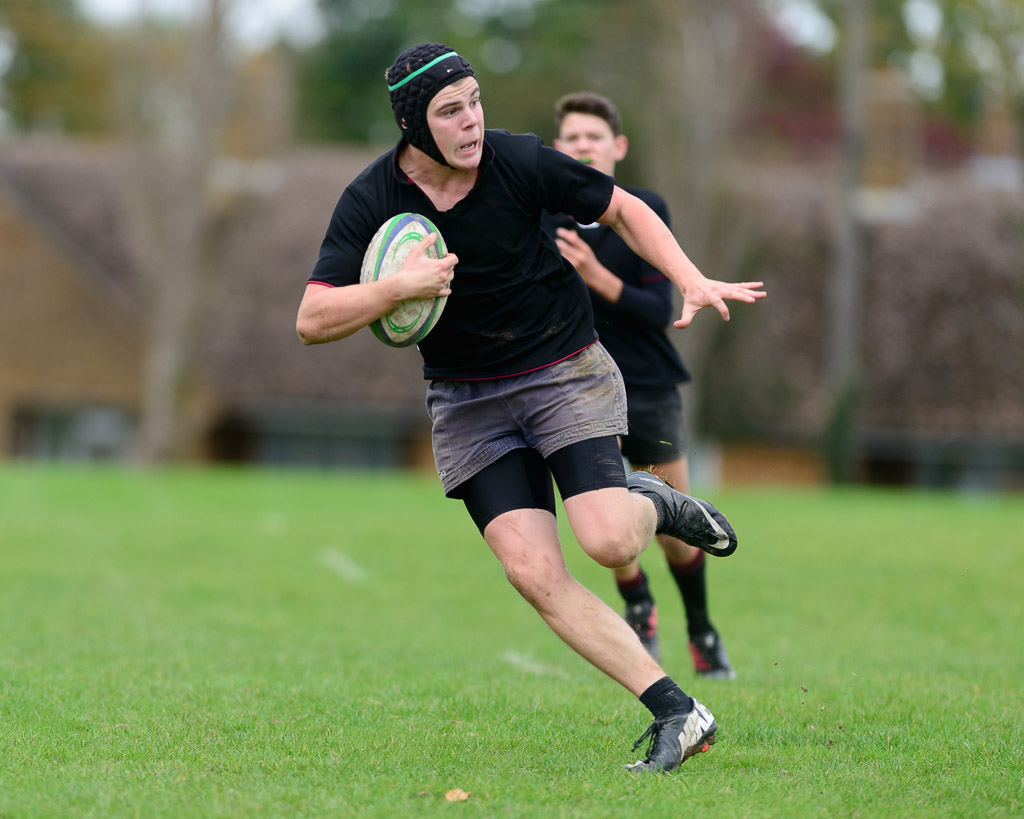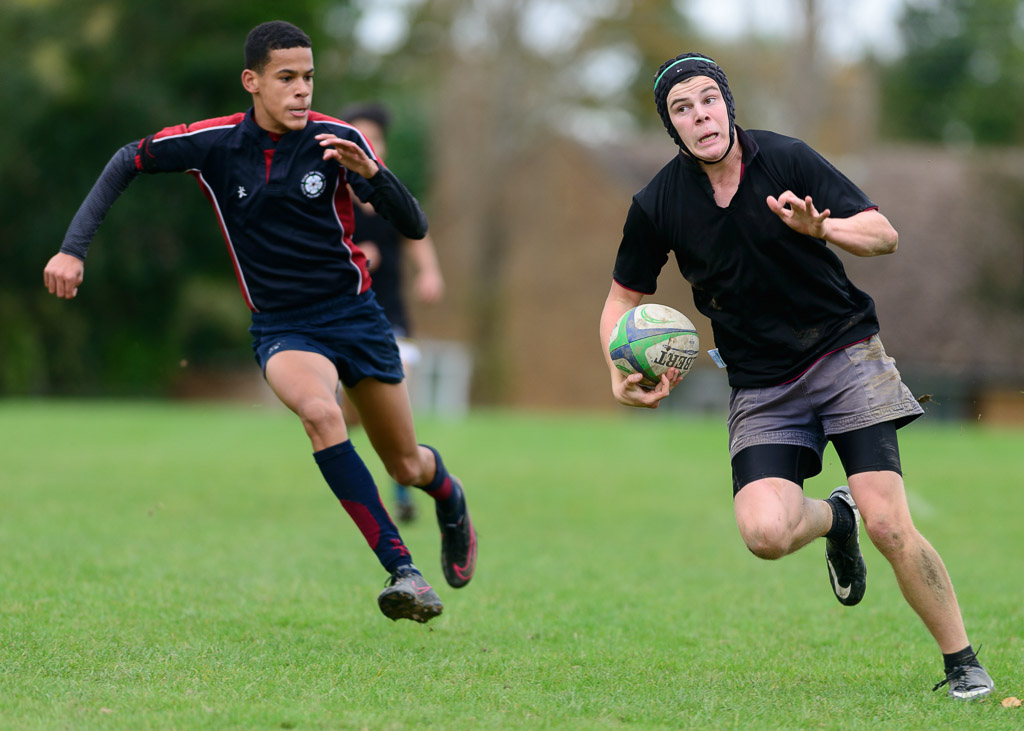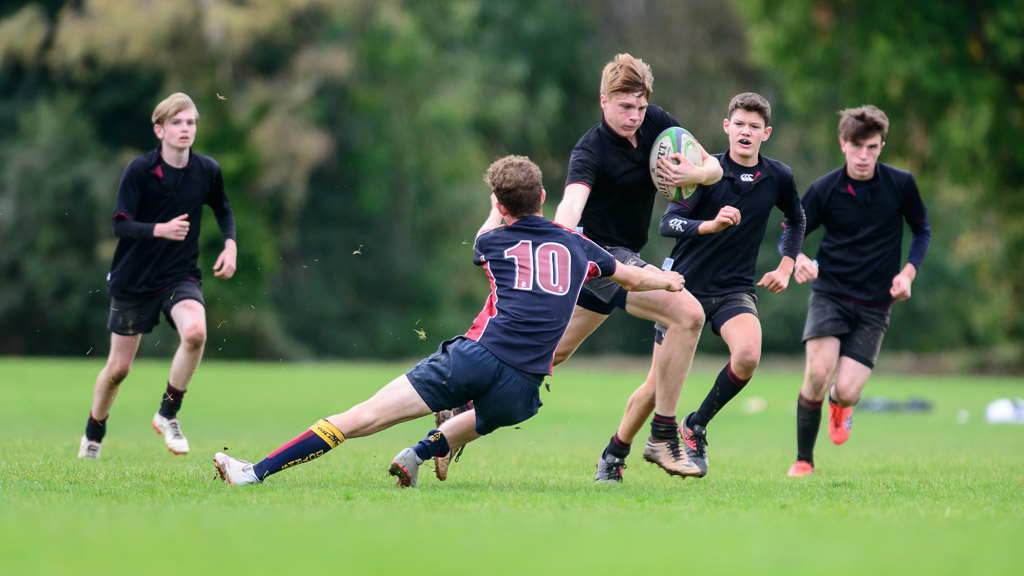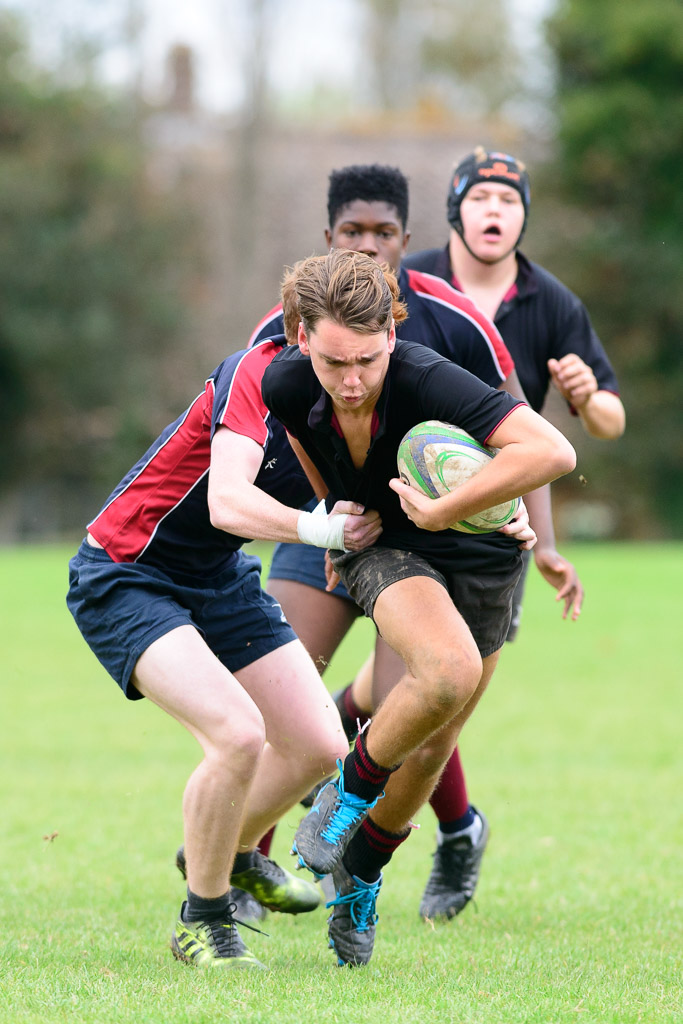- Messages
- 3,699
- Name
- Pete
- Edit My Images
- Yes
Hi guys,
I am lucky enough to have picked up a Nikon 300m 2.8 and the 1.4 and 1.7 TCs. I bought it to use on safari and wanted to get some practice with it before I go in December. My son was playing rugby for his school team yesterday so I thought I'd go along and take some pictures and get some practice.
I used a monopod and tried using the lens on it's own and with both TCs. I found it pretty tricky to follow the action trough the viewfinder, particularly using the 1.7, any tips on how to get better shots? I wasn't even sure where the best place to stand was, I tended to be on the side of the pitch and tried to follow the action up and down but often found I was too far away or too close!
Here are a few of the shots I got, there are more here.
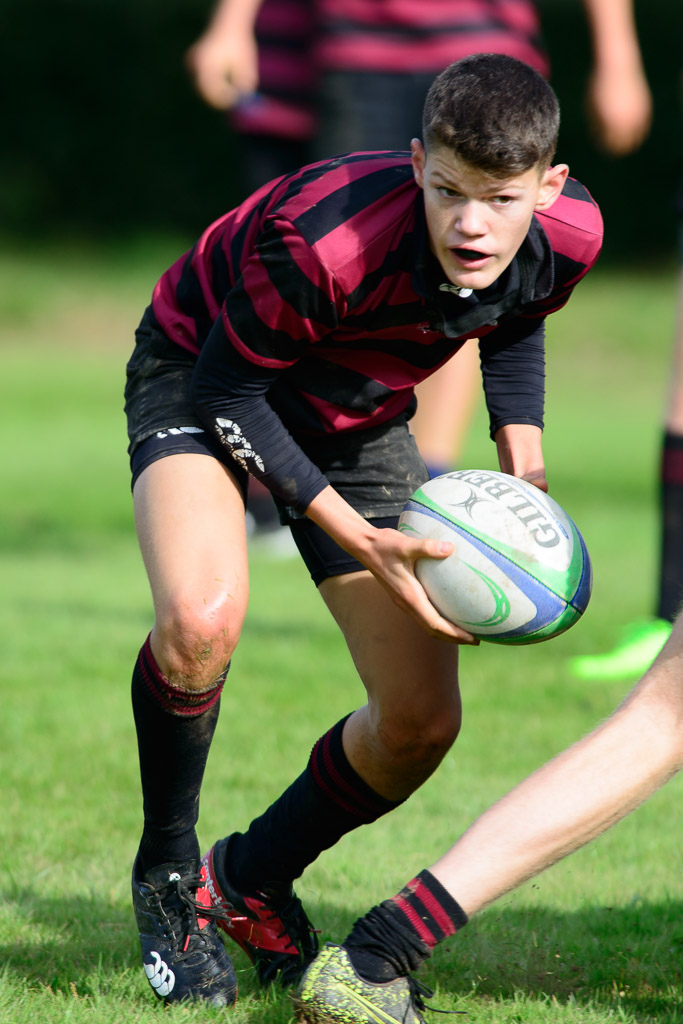
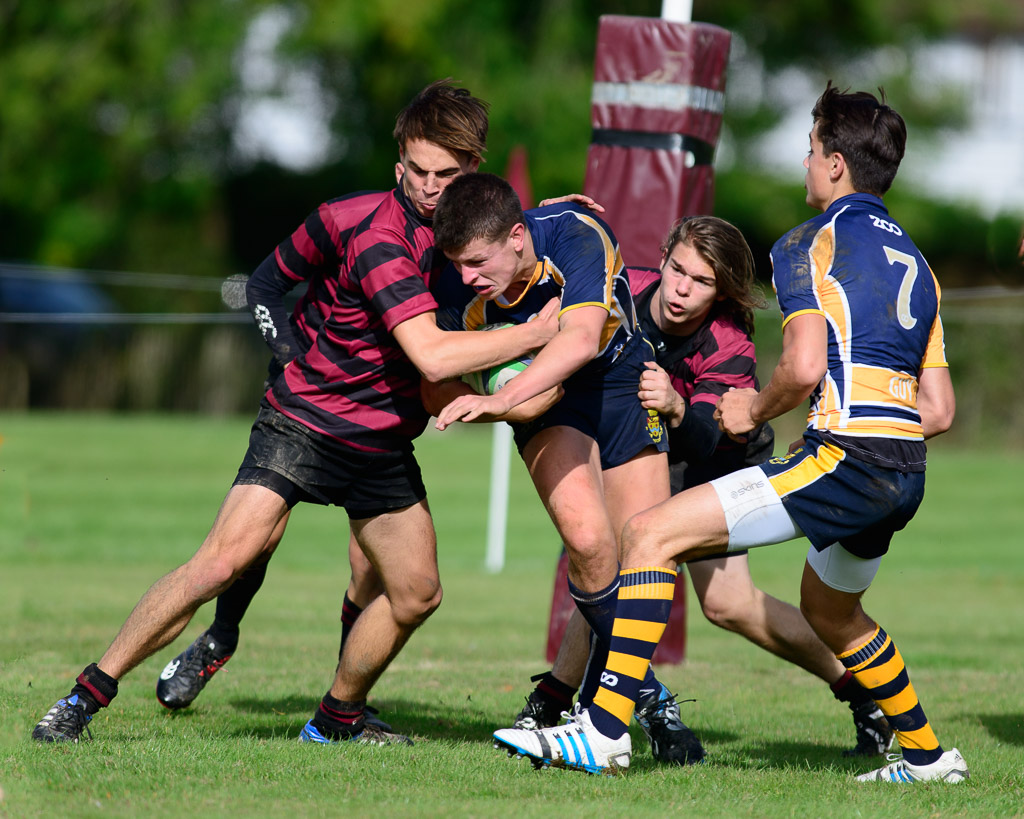
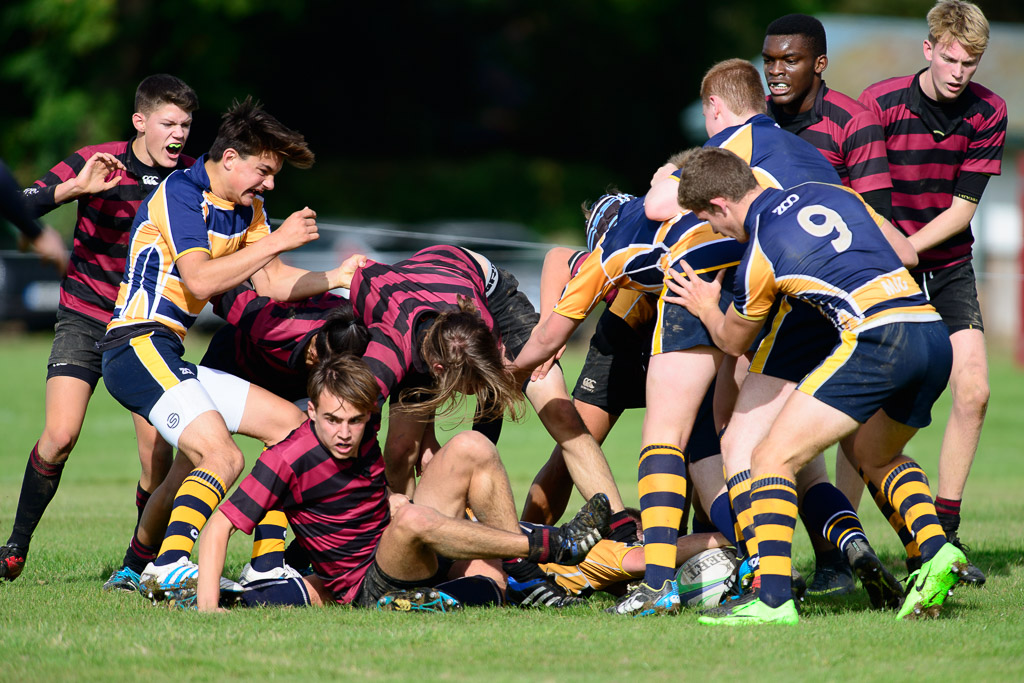
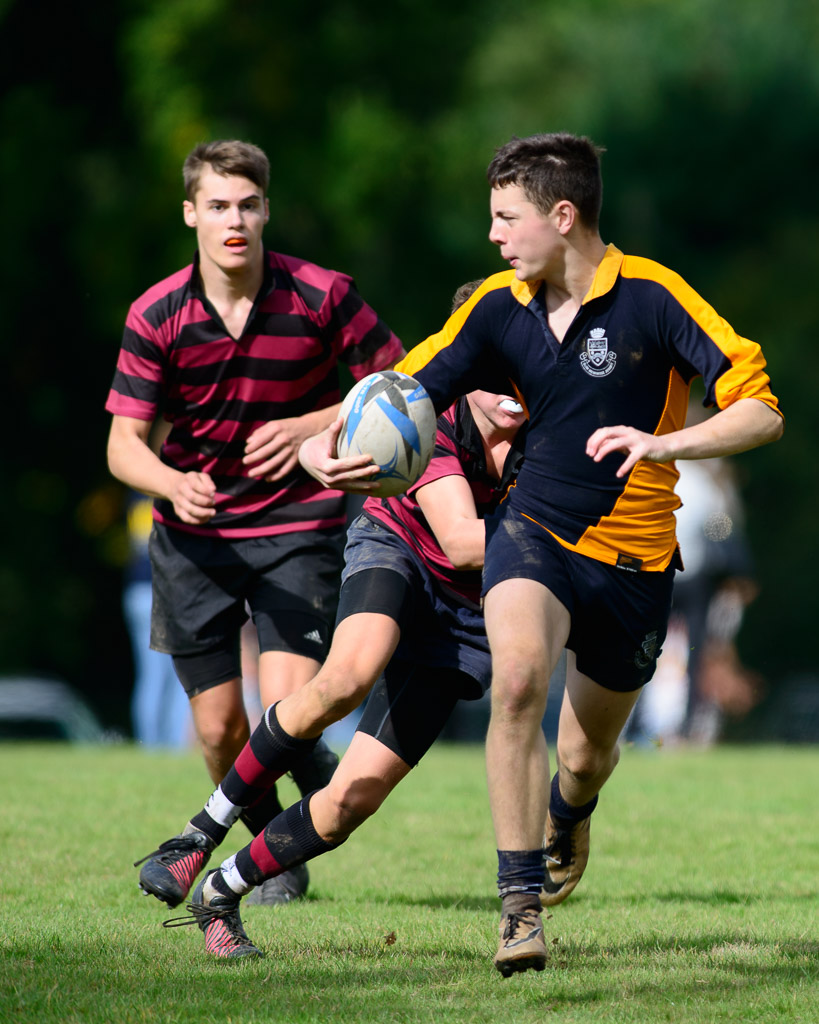
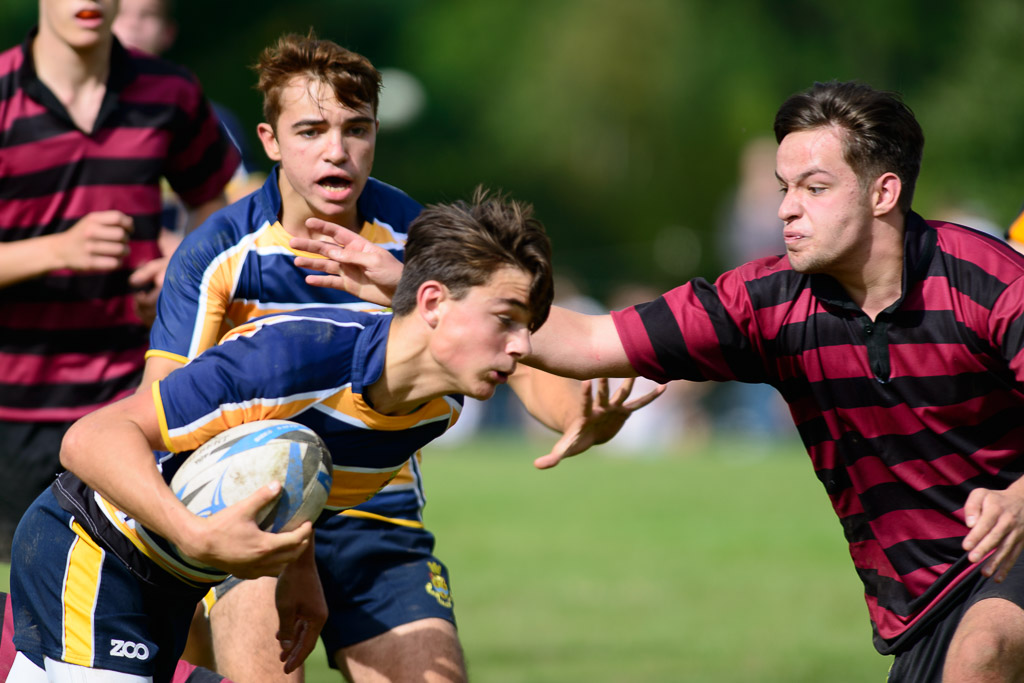
I am lucky enough to have picked up a Nikon 300m 2.8 and the 1.4 and 1.7 TCs. I bought it to use on safari and wanted to get some practice with it before I go in December. My son was playing rugby for his school team yesterday so I thought I'd go along and take some pictures and get some practice.
I used a monopod and tried using the lens on it's own and with both TCs. I found it pretty tricky to follow the action trough the viewfinder, particularly using the 1.7, any tips on how to get better shots? I wasn't even sure where the best place to stand was, I tended to be on the side of the pitch and tried to follow the action up and down but often found I was too far away or too close!
Here are a few of the shots I got, there are more here.







